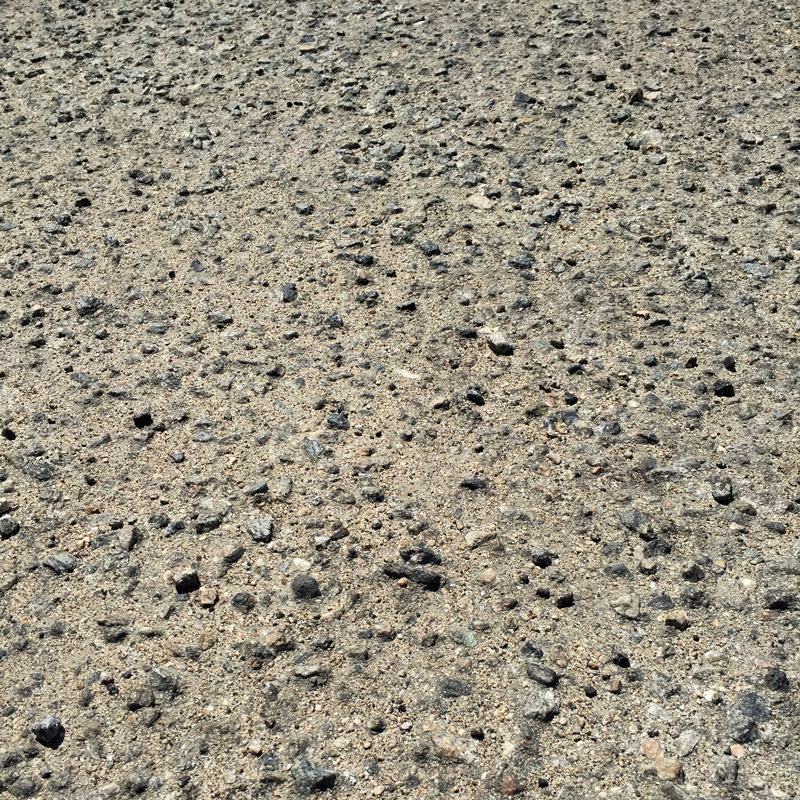
Have you ever noticed deteriorating patches of asphalt on roads, driveways, or parking lots that appear to be disintegrating into loose gravel? If so, you may have encountered a common asphalt distress known as “raveling.” Raveling is a term used to describe the gradual breaking apart of asphalt surfaces, resulting in a loss of cohesion and the formation of loose aggregate. In this blog post, we’ll provide a comprehensive explanation of raveling asphalt, its causes, and potential solutions, aimed at helping non-construction professionals better understand this phenomenon.
Defining Raveling Asphalt:
Raveling is a form of asphalt deterioration characterized by the separation of the binder (bitumen) from the aggregate material. Typically, asphalt surfaces consist of a mixture of aggregates (crushed stone, sand, and gravel) bound together by a sticky black substance called bitumen. Over time, due to various factors, this bond weakens, causing the surface layer to break down and disintegrate.
Causes of Raveling Asphalt:
- Aging and Weathering – As asphalt is exposed to the elements, such as ultraviolet (UV) radiation from the sun, rain, snow, and freeze-thaw cycles, it undergoes a natural process of aging and weathering. This exposure gradually degrades the bitumen, reducing its ability to hold the aggregate together.
- Traffic Loads – Heavy vehicular traffic, especially when combined with overloading, can place excessive stress on asphalt surfaces. The repeated application of weight and pressure can lead to the separation of the binder from the aggregate, resulting in raveling.
- Poor Construction Practices – Inadequate compaction during the initial asphalt installation, insufficient application of binder, or improper mix design can contribute to raveling over time. These issues compromise the structural integrity of the pavement, making it more susceptible to deterioration.
- Lack of Maintenance – Regular maintenance, such as sealcoating, crack sealing, and timely repairs, is crucial to preserving the condition of asphalt surfaces. Neglecting routine maintenance allows small cracks and fissures to develop, allowing water infiltration and accelerating the raveling process.
Prevention and Solutions:
- Routine Maintenance – Implementing a regular maintenance program can significantly extend the lifespan of asphalt surfaces. This includes sealcoating, crack sealing, and periodic inspections to identify and repair minor issues before they escalate.
- Proper Drainage – Adequate drainage systems are vital for preventing the accumulation of water on asphalt surfaces. Proper slope and the installation of gutters, drains, or French drains can minimize the impact of water infiltration, which is a major contributor to raveling.
- Resurfacing – When raveling becomes extensive or widespread, resurfacing may be necessary. This involves removing the damaged asphalt layer and replacing it with a new one to restore the pavement’s integrity and functionality.
- Quality Construction Practices – Utilizing appropriate mix designs, ensuring proper compaction during installation, and adhering to industry best practices can minimize the risk of raveling. Engaging experienced contractors who follow quality control measures is essential for long-lasting asphalt surfaces.
Conclusion:
Raveling asphalt is a common problem faced by asphalt surfaces due to aging, weathering, traffic loads, and inadequate maintenance. Understanding its causes and implementing preventive measures can help preserve the integrity and longevity of asphalt surfaces. By being aware of the factors contributing to raveling, non-construction professionals can make informed decisions when it comes to maintaining or resurfacing asphalt surfaces, ultimately contributing to safer and smoother driving experiences for everyone.
